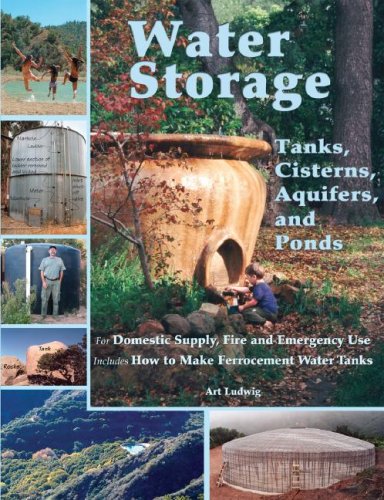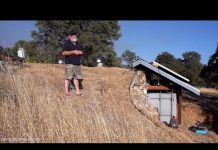One of the most important parts that you need when building a rainwater catchment system for your home is a first flush diverter. The device simply allows the initial rainwater runoff from the roof to bypass your catchment barrels; preventing bird droppings, dust and other contaminants from entering your system.
There are commercial units on the market but I prefer to try and save some money with a DIY version. I have seen some designs over the years for a rainwater diverter that made me feel like I needed a PHD to figure them out, but the video above made me feel the exact opposite. It’s so simple that I felt dumb for not even thinking of it; I’m definitely replacing our current diverter setups this spring with this method.
For further information on rainwater collection the Texas Water Development Board put together an excellent rainwater collection manual as seen below.
If you would like to see how we built our rainwater catchment system you can click on the link below.
How To Build A Rainwater Catchment System
Water Storage: Tanks, Cisterns, Aquifers, and Ponds for Domestic Supply, Fire and Emergency Use–Includes How to Make Ferrocement Water Tanks
A do-it-yourself guide to designing, building, and maintaining water tanks, cisterns and ponds, and sustainably managing groundwater storage. It will help you with your independent water system, fire protection, and disaster preparedness, at low cost and using principles of ecological design.





